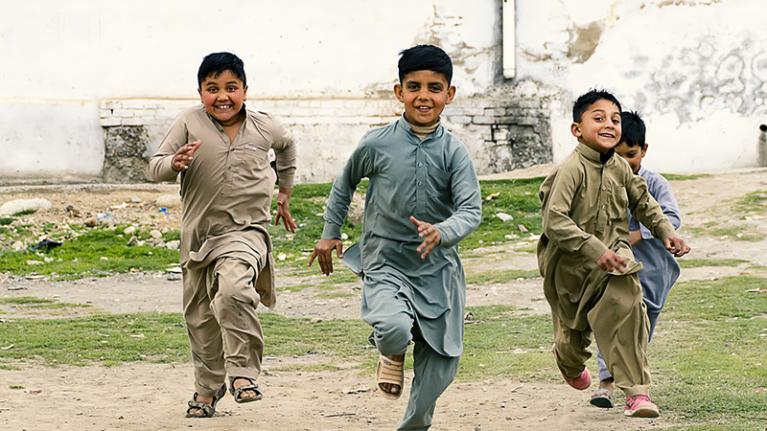Investing in health & human capital
It is increasingly recognised that health has complex but pervasive linkages to individual wellbeing and to the viability of communities across the life cycle. After many decades of medical innovation, powerful knowledge resources are available to further transform population health.
This program forms part of the research by the Victoria Institute of Strategic Economic Studies (VISES). Its focus is on developing and applying better methods for assessing the full economic and social benefits of large-scale programs of health intervention.
We do this for individual countries and across groups of countries, and work with major partners to apply these methods to measure the returns to investment in such interventions.
Investment Analysis: Life Stage & Disease Areas
We have developed a set of international assessment tools in health and education, to estimate the economic and social impact of health and education interventions. Other models developed estimate the economic and social monetary value of the benefits of intervention outcomes. Resulting benefit-cost ratios demonstrated significant value for developing countries investing in health and education.
International studies commissioned by the WHO, UNICEF, the UNFPA, and the US Chamber of Commerce applied these quantitative assessment tools to a range of health and education programs, including child and maternal health and adolescent well-being, and disease areas including mental health and cardiovascular disease.
Productivity & health
A multi-country study for the US Chamber of Commerce’s (USCC) Global Initiative on Health and the Economy (GIHE) uses a rate of return methodology to estimate the costs and benefits to investing in health interventions to improve health outcomes for the working adults. The study focuses on cardiovascular disease, diabetes and mental illness and covers about 30 countries. It follows earlier work for the Chamber, the APEC Life Sciences Innovation Forum (LSIF) and the APEC Business Advisory Committee on the economic cost of ill health on workforce productivity.
Bruce Rasmussen was Co-Chair (Academic) of LSIF, where he worked with the LSIF executive board to establish a dialogue in innovative health financing mechanisms with APEC senior finance officials and their Finance Ministers.
Role of women
The UNFPA publishes yearly a report on the State of the World Population. In 2020, it was dedicated to the rights of women. The age of marriage is fundamental to female empowerment. Child marriage has consequences not only on the basic rights of these women, but on economic, social and demographic effects for regions where the practice is widespread. We contributed material for the chapter on the effects of child marriage, its causes and the costs of the interventions to eliminate the incidence of child marriage.
The UNFPA also commissioned an estimation of the cost of ‘eliminating’ child marriage by 2030 in accordance with the UN Sustainable Development Goals. We collaborated with John Hopkins University, University of Washington and Avenir Health (presented at the International Conference on Population and Development in Nairobi, hosted by the UN, Kenyan and Danish Governments – November 2019). This work was subsequently extended to estimate not only the costs, but also the substantial economic benefits of eliminating child marriage by 2030.
Part of a study of adolescent wellbeing (see above) for the UN Population Fund included analysis of the economic impact of child marriage and has been published in the Journal of Adolescent Health (Rasmussen et al. 2019).
Other research for the UNFPA, in partnership with the Public Health Foundation of India, on investing in adolescents in India, in particular interventions to eliminate child marriage, was published in the Journal of Global Health Reports (Rasmussen et al. 2021).

Research projects
- PMNCH/WHO: Investment case in adolescent wellbeing
- WHO EMRO: repurposing of the of polio teams’ assets of the region
- UNICEF: Economic, social and psychological costs and risks resulting from not investing in education systems in Syria
- UNFPA: Cost of eliminating child marriage and intimate partner violence; an investment case study on HPV vaccination in Vietnam
- FIA Foundation: Investing in reducing road traffic injuries among adolescents
- Fred Hollows Foundation: Investing in women’s sight (Kenya, Laos and Pakistan)
Staff & students
Find out who's in our research group, and read our researcher bios via the links.



